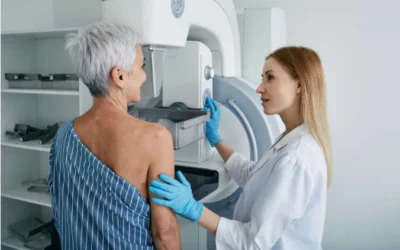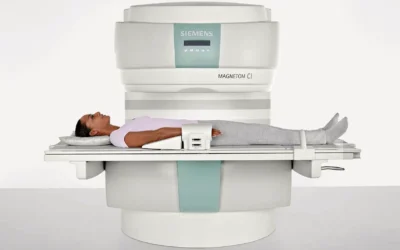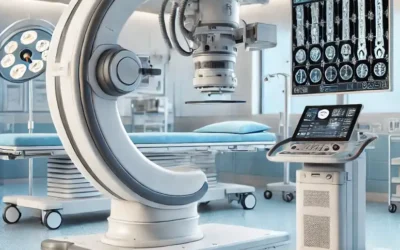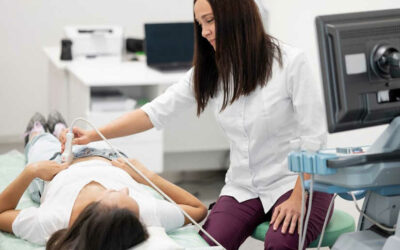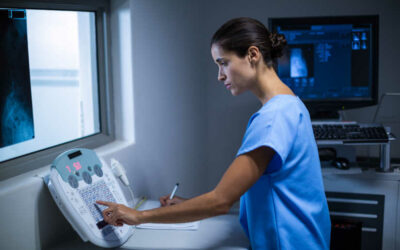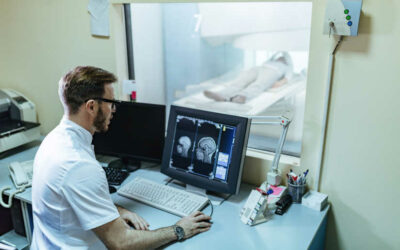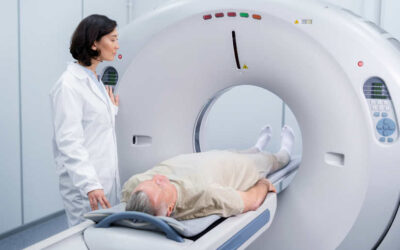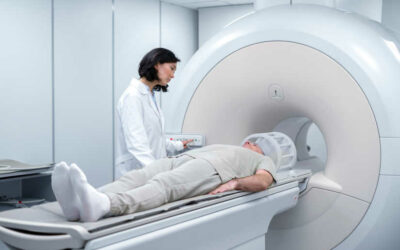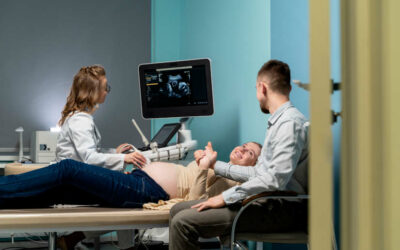ANALYSIS OF RADIODIAGNOSTIC EQUIPMENT
We analyze medical imaging equipment at both technical and user level so you can decide if it is what your clinic or hospital needs. We also tell you everything you need to know about the management of this equipment and the medical environment.
LATEST ENTRIES
Parts of a mammography machine, operation and advantages
We analyze the parts of the mammography equipment and how it works, as well as its importance in detecting breast cancer.
Analysis of magnetic resonance equipment Siemens Magnetom C!
The MAGNETOM C! is a magnetic resonance equipment that offers high quality diagnostic solutions. Let's analyze its features!
Functions, uses and parts of a C Arc
What are the parts of a C-arm and its main uses? We discuss how this medical equipment works and its characteristics.
Components and types of ultrasound scanners: Find the perfect model
The ultrasound scanner is the medical equipment used for ultrasound scans. We discuss how it works and the different types of ultrasound scanners!
PACS system in radiology: What is it and how does it work?
We analyze what the PACS system in radiology consists of, how it works and its relationship with the RIS and HIS system.
What is the RIS management system for diagnostic imaging?
We analyze the RIS management system for diagnostic imaging and the functionalities and advantages it offers in medicine.
X-Ray Machines: How they work and what types are there?
X-rays have multiple uses in the medical field. We explain how they work, their applications and the types of X-ray machines.
What is a CT scan and what is it used for?
CT has become one of the most widely used diagnostic imaging techniques, let's analyze how it works and what it is used for!
Magnetic Resonance Imaging: What it is and what it can detect
Magnetic resonance imaging is a diagnostic imaging technique that allows the analysis of organs and tissues. Let's analyze what it is and how it works!
All about ultrasound: What are ultrasound scans, how do they work and types?
Ultrasound scans are one of the most widely used diagnostic imaging techniques. We analyze what types of ultrasound scans there are and how they work.
How to choose the right medical equipment
Medical equipment is any instrument, device, machine, apparatus, appliance or system used in the field of medical care. medicine for the prevention, diagnosis, monitoring, treatment o rehabilitation of diseases or health conditions. These devices can be used by healthcare professionals or directly by patients, depending on their type and purpose.
At the time of purchase medical equipmentIn order to ensure that the investment is appropriate and meets the needs of the medical center or clinic, it is important to consider several factors.
Taking into account specific needs
- Defining the type of equipment you need according to your specialty is the first step.
- Consider the volume of patients. It is important to ensure that the equipment is capable of supporting the number of daily users.
- Verify if the dimensions of the equipment will fit the area in which it will be installed.
Choose state-of-the-art medical equipment
Opt for equipment with modern technology and the possibility of future upgrades. It is essential that your equipment is compatible with other systems and software already installed in your medical center. A user-friendly interface facilitates the adoption and use of the equipment by the medical staff. Equipment that incorporates Artificial Intelligence can put your clinic or center at the forefront of the industry. Telemedicine or process automation can help to greatly improve efficiency.
Equipment adapted to your budget
It is not only the purchase price of the equipment that is important, but also the long-term costs of maintenance, consumables, training, etc. Medical equipment tends to have high prices, so you can opt for installment financing solutions or leasing options. Check that the acquisition of the equipment has a good return on investment (ROI).
Supplier technical support and reputation.
Before deciding on a specific supplier or brand, research the manufacturer's track record and reviews. This can help you have confidence not only in the product you are buying, but also in the success of the purchase and installation process.
To do so, check delivery times and installation logistics.
Check if the supplier has fast and local technical support, as well as if it offers adequate training in the use of the equipment for the personnel who will be using it. Make sure of the availability of parts and maintenance costs. You can request a demonstration of its operation to see its use in situ.
Patient and staff safety
Medical equipment cannot pose risks for radiation or infections. It is key to ensure that the equipment complies with international standards and certificates (CE, FDA, ISO) that guarantee its safety. They should be checked and calibrated regularly to ensure optimal performance.
4D Médica is a supplier of diagnostic imaging equipment. If you need advice on specific brands or models, or to know which equipment is best suited to the needs of your clinic, do not hesitate to contact us, and our team will answer any questions you may have to help you make the best decision.

